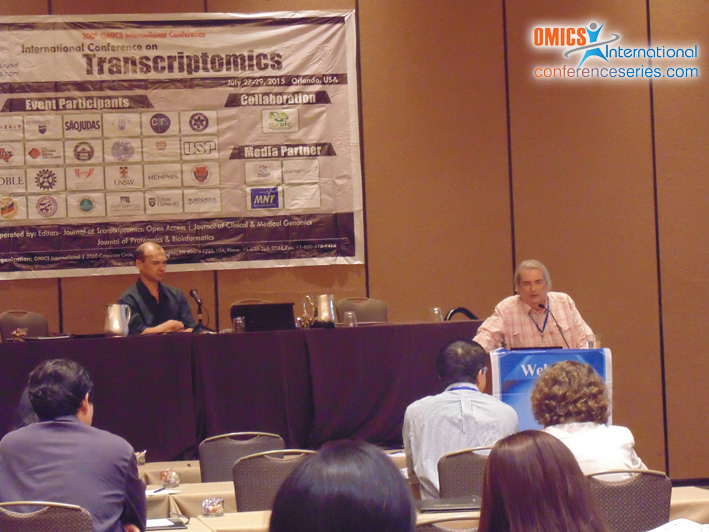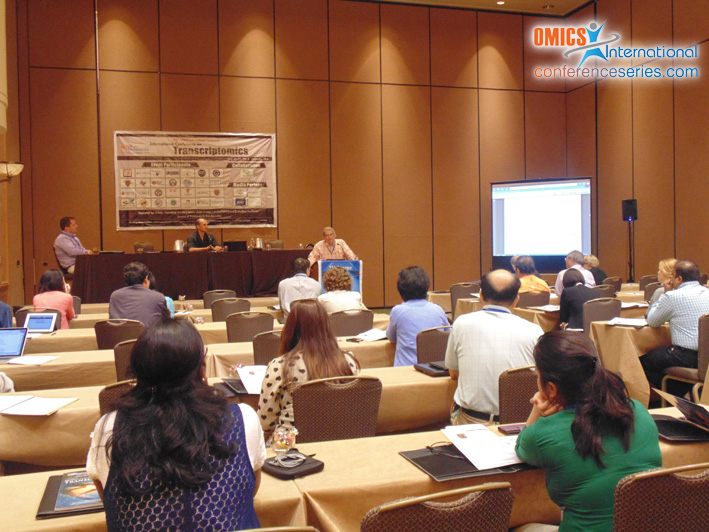
W. Richard McCombie
Cold Spring Harbor Laboratory, USA
Title: The impact of very long sequencing reads on our view of genomes and transcriptomes
Biography
Biography: W. Richard McCombie
Abstract
The development of short read sequencing on Illumina platforms has created an explosion of information about genome structure as well as transcriptome variability. However, the short reads have led to limitations in understanding of both the genomes and transcriptomes. In general terms the short reads require mapping back to a reference genome rather than doing an assembly, de novo, from the raw data. This is inherently problematic since structural rearrangements which are very important in instances like cancer may be lost since they are not represented in the reference. In addition, there are regions of the genome which do not map well and are difficult to interpret their structure based on the short reads. Likewise, while counting reads from transcriptome data has provided powerful statistical analyses of the variability of gene expression, the short reads give a limited view of alternate splice isoforms. Very long reads (in excess of 10kb average) as are now possible on the Pacific Biosciences platform and are shedding new light on the possible impact of these limitations. We have sequenced the genome of a breast cancer cell line SKBR3 as well as carried out analysis of transcriptome data from the same cell line using very long reads. This has shown a very different view of the genome than we see with short reads including a number of structural rearrangements, insertions and deletions that appear to be missed in the short read sequence and a significant number of gene fusions that are missed in the transcriptome analyses. These discrepancies and our further studies of them and how they might impact our understanding of the biology of this cancer cell line will be elaborated.





